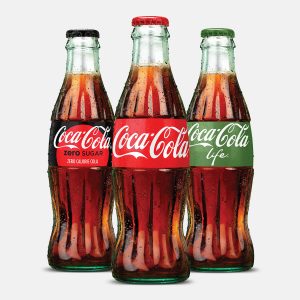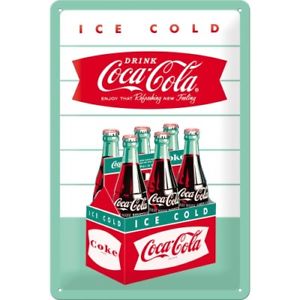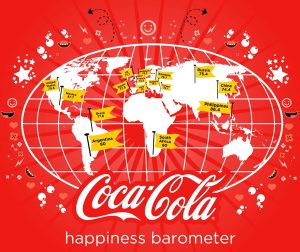
In my research into Coca Cola’s Rhetoric, I have found the rhetorical emphasis on four different points. These four emphasis points are family, health, nostalgia, and unification. With these four points in mind, how does Coca-Cola combat these challenges?
The first point that Coca-Cola addresses are family values. The artifact I selected in the past was the polar bear. It is a simple concept with a variety of marketable opportunities that Coca-Cola utilizes. Stuffed toys, t-shirts, glassware, and other items subtlely infused the product into the minds of the consumer.
In the modern world, people are more health conscious than ever before. With the obesity epidemic of the twenty-first century, Coca-Cola listened to their customers’ requests and developed healthier alternatives and less-calorie products such as Diet Coke, Coke Zero and Coca-Cola Life. Coca-Cola Life contains two natural sugars derived from the Stevia plant. They also list their ingredients to help people understand what they are drinking.

Nostalgia is one of the biggest marketable aspects that Coca-Cola utilizes in their marketing campaigns. By keeping the traditional bottle as part of their logo, both old and new customers can readily identify with the product. They also make replicas of the retro signs so that nostalgia will make people buy more products.
When a company is manufacturing a product that is sold throughout the world, it can be difficult to adapt the product to the variety of worldwide cultures and tastes. Coca-Cola adapts to the unification problem by making individual types of Coke for the areas that are buying it. However, since Coca-Cola became a global business, they are making their products more in line with one style. This strategy ensures unity within each culture. For example, if an American travels to Japan, it would be easy to recognize Coca-Cola because it has it has the exact same label design as in America.

